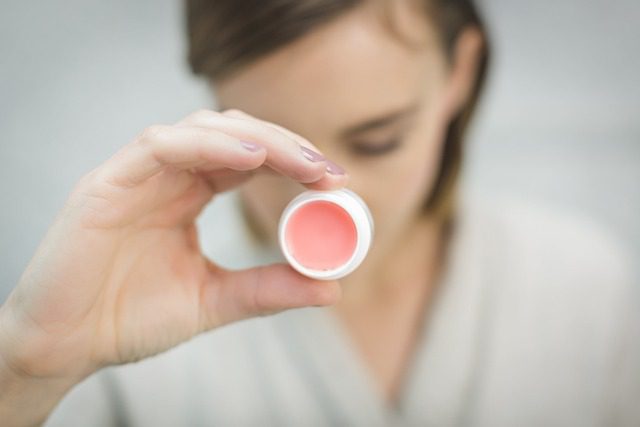kindlife has launched a landmark study in partnership with Datum Intelligence on the phenomenal rise of Korean beauty in India. The report decodes the sharp consumer shifts, cultural influences, and digital behaviours that are driving one of India’s fastest-growing beauty categories.
“This isn’t just a trend, it’s a movement,” said Radhika Ghai, Founder and CEO of kindlife. India’s beauty and personal care market is projected to reach $45 billion by 2030, growing at a CAGR of ~12%. Within this, K-beauty stands out as a breakout segment, estimated to grow from $0.4 billion in 2024 to a projected $1.5 billion by 2030, at a staggering 25.9% CAGR.”
Also read: Staqu Technologies JARVIS Helps Momatos Turn Customer Data into Conversion Wins
The study highlights that K-culture has permeated everything from what we eat to how we speak and how beauty is discovered. It’s not just aspirational; it’s driven by young Indians who want what’s trending to be more accessible than ever. The report projects over 27 million K-beauty buyers in India by the end of the decade, a surge fuelled by premiumisation, cultural affinity, and Gen Z’s preference for high-quality, effective, and price-efficient products.
The report reveals that the famed 10-step Korean routine has been “Indianised” into more practical 3–4 step regimens, with consumers blending masks, serums, and sunscreens based on their lifestyle. Interestingly, over 60% of users already use 3–6 products daily, showing strong routine loyalty despite being brand-fluid. This willingness to experiment is evident, with early adopters having tried moisturisers, devices, masks, serums, and sunscreens.
“This consumer is ‘routine loyal, but brand fluid’,” says Ghai. “They want hero products and hero ingredients and go beyond sticking to routines from one brand. This is the first time brands have access to their shelves, which changes the game for the next big products when they are working on R&D.”
Discovery is intentional and tech-led, with the study finding that 81% of consumers discover products on YouTube, and over 70% are likely to purchase products recommended by their K-pop idols. For this audience, relevance matters more than reach, and values always beat volume.
“This customer researches meticulously, with 80% of adopters relying on reviews and videos for validation,” says Satish, Founder of Datum Intelligence. “And it’s not that they don’t spend; there is a rising per capita spend, with 51% of consumers spending between ₹1,000 and Ra 3,000 every month, reinforcing the growth of the prestige segment in India.”
The study also reveals that K-beauty is increasingly an experiential category, with nearly 80% of consumers expressing interest in K-beauty specific workshops. This presents a key opportunity for brands to build deeper connections and foster a sense of community. “Online and offline experiences and building the right community are key,” adds Ghai. “They want to feel and learn, and since they see self-care as a form of self-expression, this experience is a part of it.”
From prestige spend to peer discovery, K-beauty in India is evolving into a lifestyle, not just a category.“India is a market ready to be unlocked, and we’re glad to be at the forefront of driving this,” Ghai concludes.









